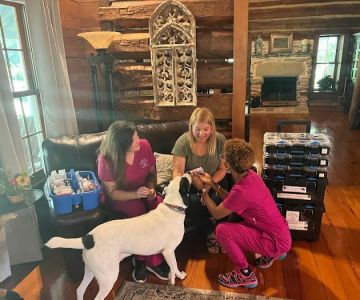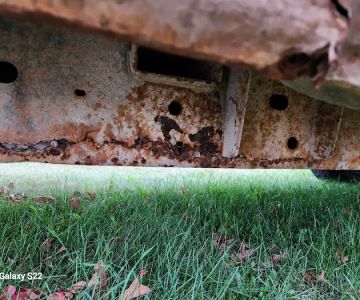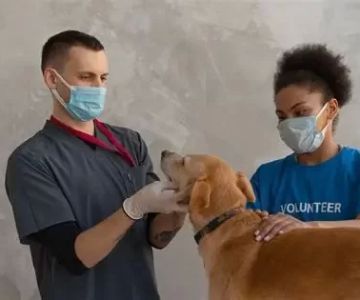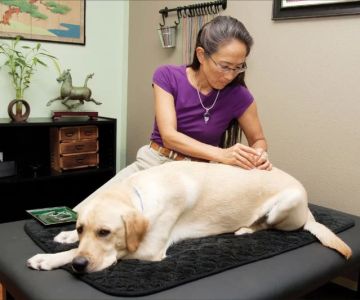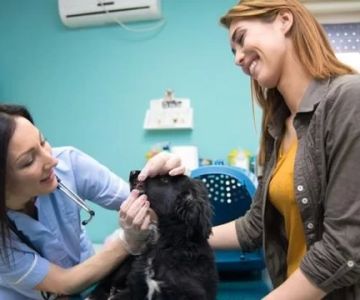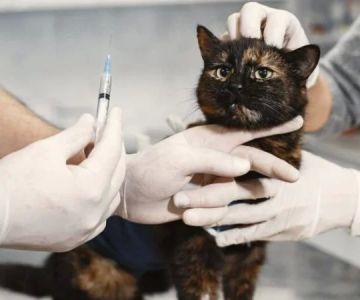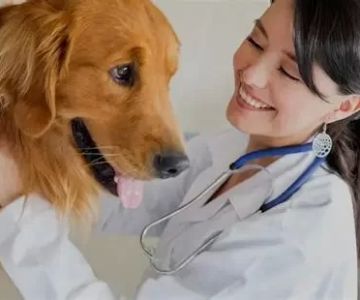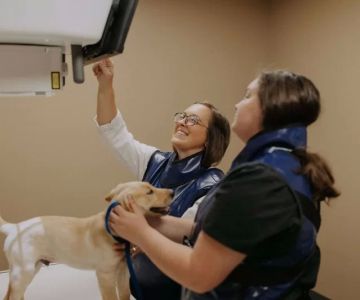What Course Should I Take to Become a Veterinarian? A Step-by-Step Guide
- Understanding the Veterinarian Career Path
- Necessary Education Requirements for Veterinarians
- High School Preparation for Aspiring Veterinarians
- Undergraduate Courses to Take Before Vet School
- Navigating Your Vet School Journey
- Internships and Gaining Real-Life Experience
- What Comes After Graduation? Your Next Steps as a Veterinarian
1. Understanding the Veterinarian Career Path
Becoming a veterinarian is one of the most rewarding careers you can choose if you're passionate about animals. For many years, I’ve been fascinated by the idea of working closely with pets, wildlife, and livestock. If you're considering this path, it's important to understand the rigorous and fulfilling journey it involves. As a veterinarian, you’ll be responsible for diagnosing, treating, and preventing animal diseases, providing vaccinations, and performing surgeries. The demand for veterinary care is high, especially with the growing number of pets in households worldwide, so this career path is not only personally rewarding but also in demand.
2. Necessary Education Requirements for Veterinarians
The journey to becoming a veterinarian is long, but with the right educational background and a clear roadmap, it’s absolutely achievable. Initially, you’ll need a solid academic foundation in science, especially biology and chemistry, which are key areas that will form the basis of your veterinary studies. After high school, aspiring veterinarians must pursue an undergraduate degree, followed by veterinary school. Let me walk you through the necessary steps I followed and tips I learned along the way:
- Complete an undergraduate degree with a focus on biology, animal science, or pre-veterinary studies.
- Apply to a veterinary school that is accredited by the American Veterinary Medical Association (AVMA).
- Graduate with a Doctor of Veterinary Medicine (DVM) or Veterinary Medical Doctor (VMD) degree.
3. High School Preparation for Aspiring Veterinarians
If you're still in high school, you might be wondering how to prepare for a career in veterinary medicine. I remember taking as many science courses as possible to build a solid foundation for the future. Here’s how I started and what I recommend:
- Focus on subjects like biology, chemistry, and physics, which are essential for understanding animal anatomy, disease processes, and treatments.
- Participate in extracurricular activities, such as volunteering at animal shelters or working with veterinarians to gain hands-on experience.
- Get involved in science fairs or related programs that give you the opportunity to explore biology or animal science in depth.
4. Undergraduate Courses to Take Before Vet School
When I was in college, I pursued an undergraduate degree with a major in biology, which provided the essential knowledge needed for veterinary school. Most veterinary programs require a strong foundation in science, and I made sure to complete the following courses:
- Biology: A comprehensive understanding of biology is crucial for veterinary studies, as it forms the basis of animal physiology, disease mechanisms, and more.
- Chemistry: Both organic and inorganic chemistry are vital for understanding the chemical processes that occur in animal bodies, especially related to pharmaceuticals.
- Animal Science: Courses related to animal behavior, genetics, and husbandry will help you gain a better understanding of different species and their needs.
- Physics and Mathematics: These subjects are important for understanding the mechanics of the body and medical equipment used in veterinary practice.
5. Navigating Your Vet School Journey
Once you’ve completed your undergraduate studies, the next step is to apply to a veterinary school. Admission to vet school is highly competitive, and I remember the application process being intense. You will need to demonstrate not only academic excellence but also practical experience in working with animals. After acceptance, you will spend four years studying veterinary medicine, learning everything from animal anatomy to pathology and surgery. During this time, you’ll also have access to practical clinical training, where you can begin to apply what you’ve learned to real animals under the guidance of professionals.
6. Internships and Gaining Real-Life Experience
One of the most valuable parts of your veterinary education is the hands-on experience. During my time in veterinary school, I spent many hours working as an intern at clinics, animal shelters, and even farms. This experience is crucial because it allows you to develop practical skills while gaining exposure to various fields within veterinary medicine, such as small animal care, large animal care, surgery, and emergency medicine. I highly recommend seeking out internships and volunteering during your studies, as they will help you build a network and gain practical experience that will set you apart in the job market.
7. What Comes After Graduation? Your Next Steps as a Veterinarian
After graduating with a DVM or VMD, the next step is to pass the necessary licensing exams to practice as a veterinarian in the United States. In addition to passing the North American Veterinary Licensing Exam (NAVLE), you may need to complete state-specific licensing requirements, depending on where you plan to practice. Many veterinarians also choose to specialize in a particular area of veterinary medicine, such as dermatology or orthopedics, which often requires additional years of study and certification.
Once licensed, you will have the opportunity to work in various settings, from private practices and animal hospitals to research institutions and government agencies. The journey to becoming a veterinarian is long and challenging, but the rewards are immeasurable. Whether you choose to care for pets, wildlife, or livestock, the skills and knowledge you gain will make a significant impact on animal health and welfare.

